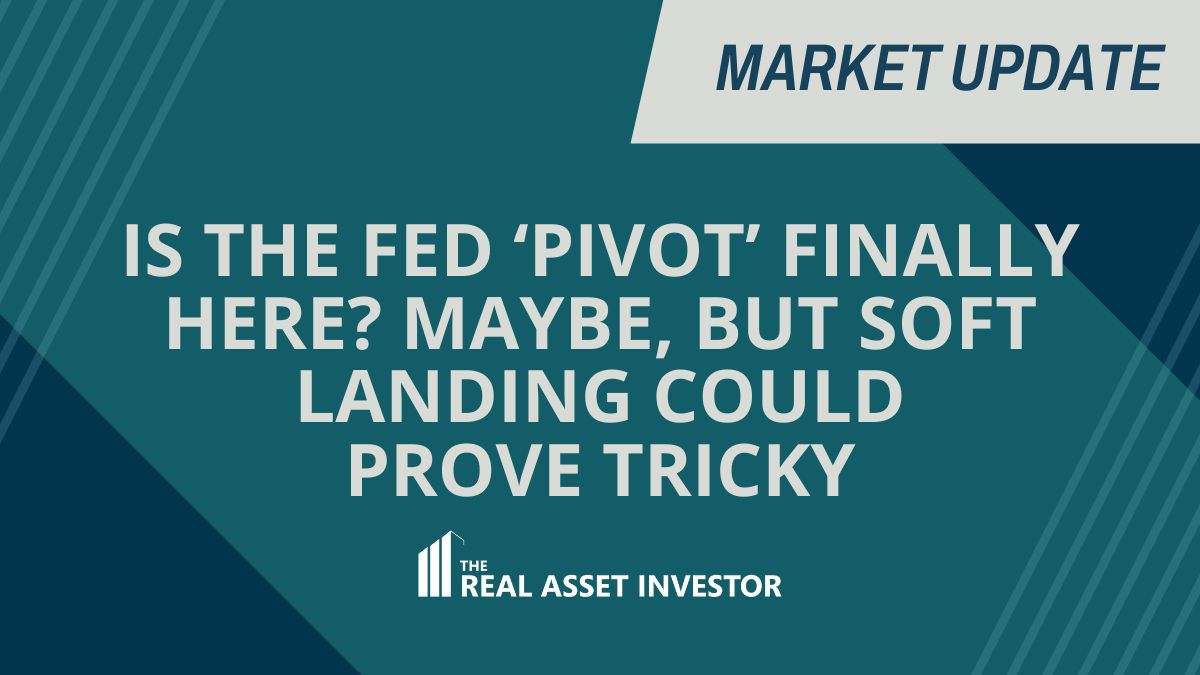The recent maneuvering of the Federal Reserve with their interest rates has been nothing short of a high-stakes gamble, leaving investors hanging on the edge of their seats.
The Fed’s top brass has adopted a ‘higher-for-longer’ monetary policy stance, implying that while interest rates may not skyrocket any further, they’re definitely not plummeting back down in the foreseeable future.
Jerome Powell, the Fed Chair, stands at the forefront of this strategy, unyieldingly stating that a tight leash on the economy is necessary, given the persistent inflationary pressures.
The question on everyone’s mind is simple: is the Fed playing a masterstroke or setting us up for another round of economic blunders?
A Shaky Track Record
As we delve into this high-stakes game, it’s crucial to acknowledge the Fed’s less-than-stellar track record over the past five years. Their foresight, or rather the lack of it, has been all too evident in their wavering policies.
In the not-so-distant past of 2018, Powell’s proclamation that interest rates were “a long way from neutral” wreaked havoc in the markets, only to see the Fed backtrack and slash rates in 2019.
Fast forward to the pandemic-stricken year of 2020, and the Fed was back to square one, reducing rates to zero.
Then came the inflation underestimation of 2021, where they brushed off rising prices as “transitory”, a miscalculation that eventually led to the most aggressive rate hikes in four decades.
The Fed’s current ‘higher-for-longer’ stance is undeniably ambitious, given their history of struggling to maintain tight monetary policy for extended periods.
Arone from State Street Global Advisors raises a valid point, highlighting that the Fed has never sustained peak interest rates for more than nine months following a tightening cycle.
This pattern, if it holds true, implies that we could see a drop in rates sooner than the Fed would like to admit. However, the Fed’s tightrope walk is more precarious than ever.
The U.S. economy, while showing resilience with a stronger-than-expected performance in the third quarter, is predicted to lose momentum in the upcoming quarters.
Moreover, the inverted yield curve between 2- and 10-year Treasury notes, a classic recession indicator, is on the verge of flipping back, further complicating the Fed’s path ahead.
Investors, Beware and Prepare
For investors trying to navigate through these tumultuous times, adopting a defensive stance might just be the key. Nick Elfner from Breckinridge Capital Advisors urges caution, emphasizing the need to brace for economic slowdown and tighter financial conditions.
He advocates for investment in safer, investment-grade debt, with a preference for sectors like banking and utilities. Yet, as we brace ourselves for what’s to come, it’s imperative to be cautious of what we wish for.
A rapid shift to lower rates could be indicative of a looming recession or a breakdown in the capital markets, neither of which bode well for risk assets in the initial stages. Higher rates, despite the immediate pain, could actually be the lesser of two evils.
The Fed’s latest interest rate strategy has placed us at a critical crossroad, teetering between economic stability and potential turmoil.
Their commitment to a ‘higher-for-longer’ approach, while bold, is fraught with uncertainties and past policy blunders that cannot be ignored.
Investors and policymakers alike must remain vigilant, prepared to navigate through potential economic storms, all while keeping a critical eye on the Fed’s next move.
Only time will tell if the Fed has finally hit the mark or if we are once again caught in the crosshairs of a monetary policy misfire.





